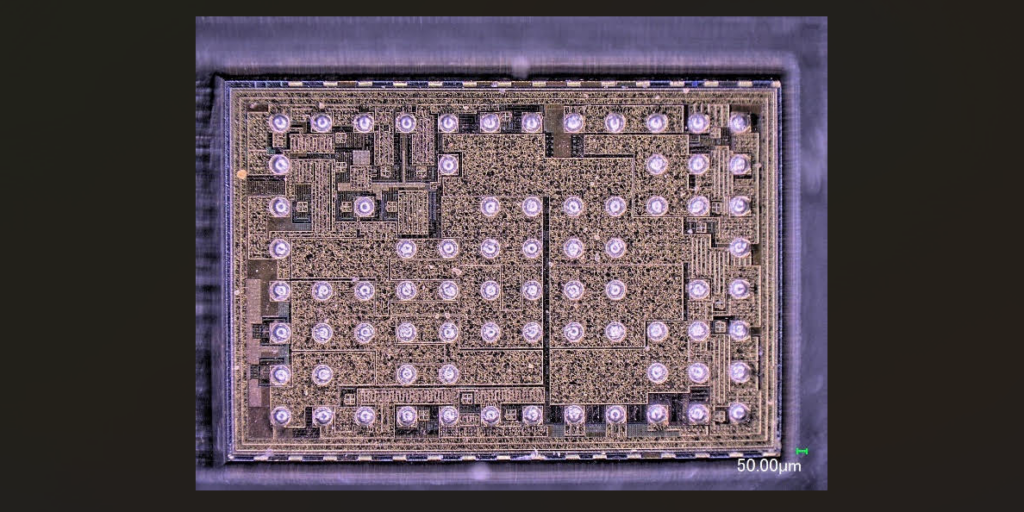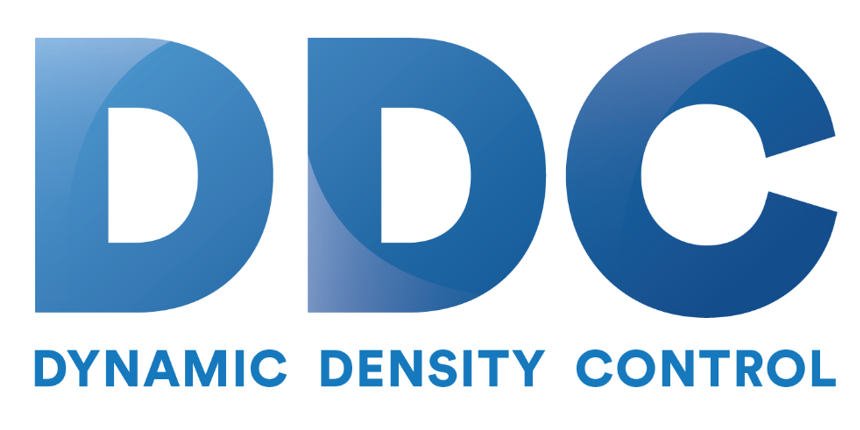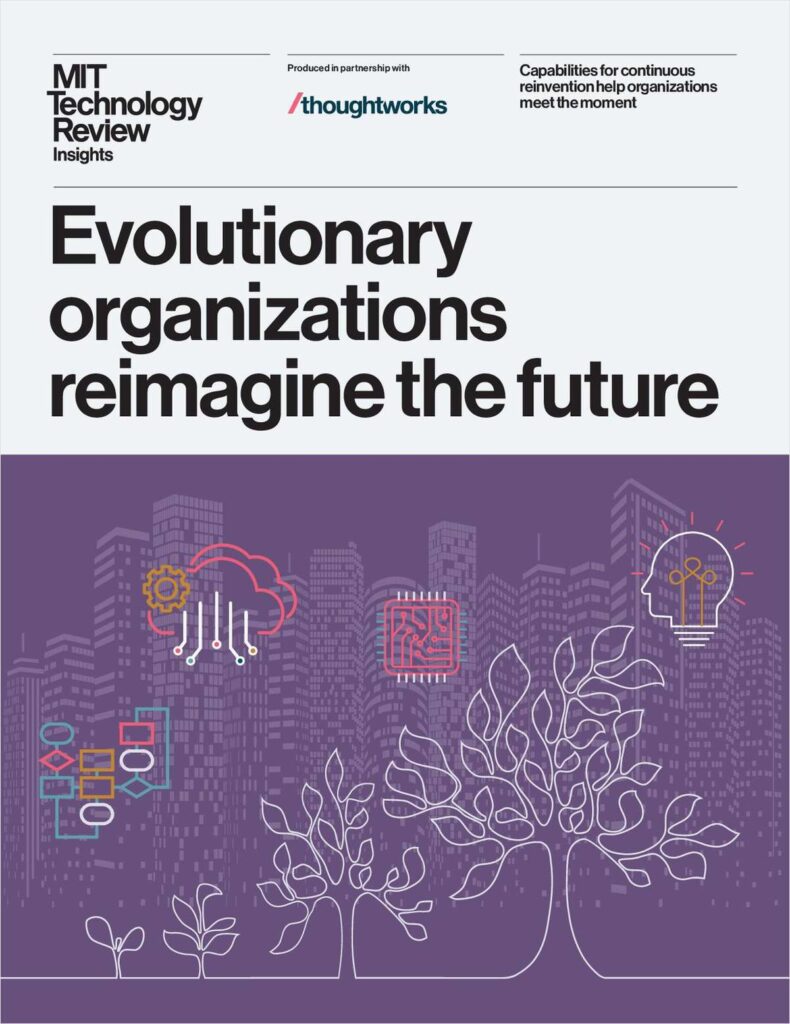SAN DIEGO and GRENOBLE, France – Feb. 20, 2024 – University of California San Diego and CEA-Leti scientists report they have developed a ground-breaking piezoelectric-based DC-DC converter that unifies all power switches onto a single chip to increase power density. This new power topology, which extends beyond existing topologies, blends the advantages of piezoelectric converters with capacitive-based DC-DC converters.
The power converters the team developed are much smaller than the huge, bulky inductors currently used for this role. The devices could eventually be used for any type of DC-DC conversation, in everything from smart phones, to computers, to server farms and AR/VR headsets.
The results were presented in the paper, “An Integrated Dual-side Series/Parallel Piezoelectric Resonator-based 20-to-2.2V DC-DC Converter Achieving a 310% Loss Reduction”, Feb. 20 at ISSCC 2024 in San Francisco.
“The Dual-side Series/Parallel Piezoelectric Resonator (DSPPR) is the first IC used for PR-based power conversion, and achieves up to 310% loss reduction over prior-art published and co-designed discrete designs for VCRs<0.125,” the paper reports.
“This innovative approach enhances performance, especially at low voltage conversion ratios—an area where prior works struggled to sustain both high efficiency and optimal utilization of piezoelectric materials,” said Patrick Mercier, a professor in the Department of Electrical and Computer Engineering at UC San Diego and a senior author of the paper.
The paper explains that a hybrid DSPPR converter exploits integrated circuits’ ability to offer sophisticated power stages in a small area compared to discrete designs, and enables efficient device operation at voltage conversion ratios (VCR) of less than 0.1.
“The IC provides a distinct opportunity to consolidate all power switches onto a single chip, significantly diminishing the PCB footprint and enhancing phase-control precision,” said Gael Pillonnet, scientific director of CEA-Leti’s Silicon Component Division.
In addition, incorporating additional capacitive-based converter stages, both pre- and post- the piezoelectric DC-DC converter (pictured above; credit: UCSD), contributes to performance improvement.
“This strategic integration reduces the demand on piezoelectric material, resulting in a more compact converter with a notably smaller total volume. The marginal increase in additional capacitors, which is less than 10 percent, pales in comparison to the substantial gains facilitated by the proposed topology,” Pillonnet said.
“The DC-DC converter, particularly in the low VCR range, which was a focus of our work, has widespread applications in various sectors, such as high-power computing servers, automotive systems, USB chargers, and battery-powered devices,” said Wen-Chin Brian Liu, a Ph.D. student in Mercier’s research group and the lead author of the paper.
Die Photograph of the proposed piezoelectric converter, credit: UC San Diego
About the Jacobs School of Engineering at University of California San Diego
The Jacobs School of Engineering at the University of California San Diego offers excellence at scale in research, education, public service, and technology transfer. The Jacobs School of Engineering is the #8 public engineering school in the nation and #12 in the nation overall. With 279 faculty and more than 9,600 students in six departments, the Jacobs School of Engineering is the largest engineering school in California. The Jacobs School of Engineering ranks #1 in California, and #1 on the West Coast, for research expenditures. Our entrepreneurial faculty lead teams that work across disciplines and industries to tackle the toughest challenges that no lab, department or company can handle alone. At the UC San Diego Jacobs School of Engineering, we make bold possible.
About CEA-Leti (France)
CEA-Leti, a technology research institute at CEA, is a global leader in miniaturization technologies enabling smart, energy-efficient and secure solutions for industry. Founded in 1967, CEA-Leti pioneers micro-& nanotechnologies, tailoring differentiating applicative solutions for global companies, SMEs and startups. CEA-Leti tackles critical challenges in healthcare, energy and digital migration. From sensors to data processing and computing solutions, CEA-Leti’s multidisciplinary teams deliver solid expertise, leveraging world-class pre-industrialization facilities. With a staff of more than 2,000 talents, a portfolio of 3,200 patents, 11,000 sq. meters of cleanroom space and a clear IP policy, the institute is based in Grenoble, France, and has offices in Silicon Valley, Brussels and Tokyo. CEA-Leti has launched 75 startups and is a member of the Carnot Institutes network. Follow us on www.leti-cea.com and @CEA_Leti.
Technological expertise
CEA has a key role in transferring scientific knowledge and innovation from research to industry. This high-level technological research is carried out in particular in electronic and integrated systems, from microscale to nanoscale. It has a wide range of industrial applications in the fields of transport, health, safety and telecommunications, contributing to the creation of high-quality and competitive products.
For more information: www.cea.fr/english




